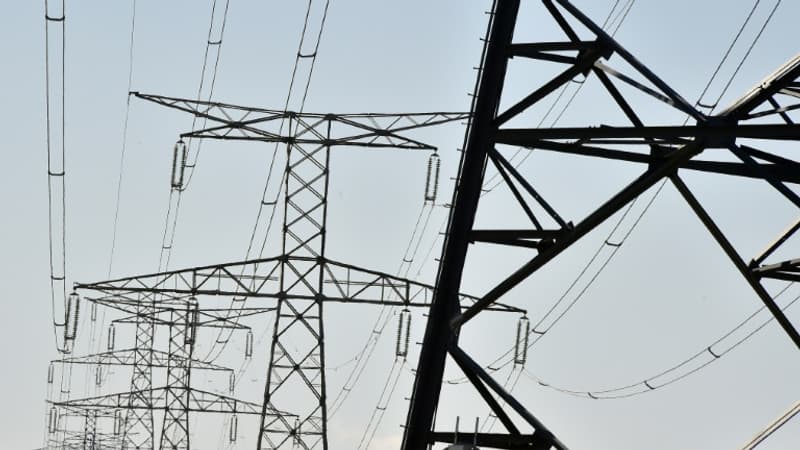Who are the good energy sobriety students in France? The French Ecological Transition Observatory, a tool of the Enedis electricity network manager, has produced a map indicating the different reductions in consumption between the French departments during the period from October 15 to February 5, focusing solely on in the residential sector. For each department, the observatory determined the sobriety effort “calculated by making the difference between the electrical consumption measured this winter and the electrical consumption of previous years, erasing the differences in temperature and periods of confinement in 2020 in particular.
Disparities according to heating mode
It shows that the departments where the most significant drops in electricity consumption are observed are located in the southwest of the country and around the Mediterranean. The leading trio is made up of Lot, Landes and Aude, where household electricity consumption fell by 13.9%, 13.6% and 12.8% respectively between October 15 and February 5 compared to last to 2020.
In fact, half of the main residences in Aude are equipped with individual electric heating, while this proportion reaches 40% in the Landes department. Instead, it fell in the Ardennes (13%) and Moselle (14%) departments, which correspond to the two departments where reductions in electricity consumption are less significant between mid-October and early February compared to 2020. first, the decrease is only 3.7% when it rises to 4.2% for the second. This difference can be explained by the greater presence of gas heating in the north-eastern regions of France.
However, significant differences can occur between two bordering departments. This is the case in eastern France where the Territory of Belfort registered a reduction of 11.6% in the electricity consumption of its homes when it did not exceed 7% in Haute-Saone and Haut-Rhin, two of its neighboring departments. In the west of the country, the drop in electricity consumption in households in the Orne and Mayenne is almost half that in the departments of Brittany and Normandy.
Source: BFM TV


